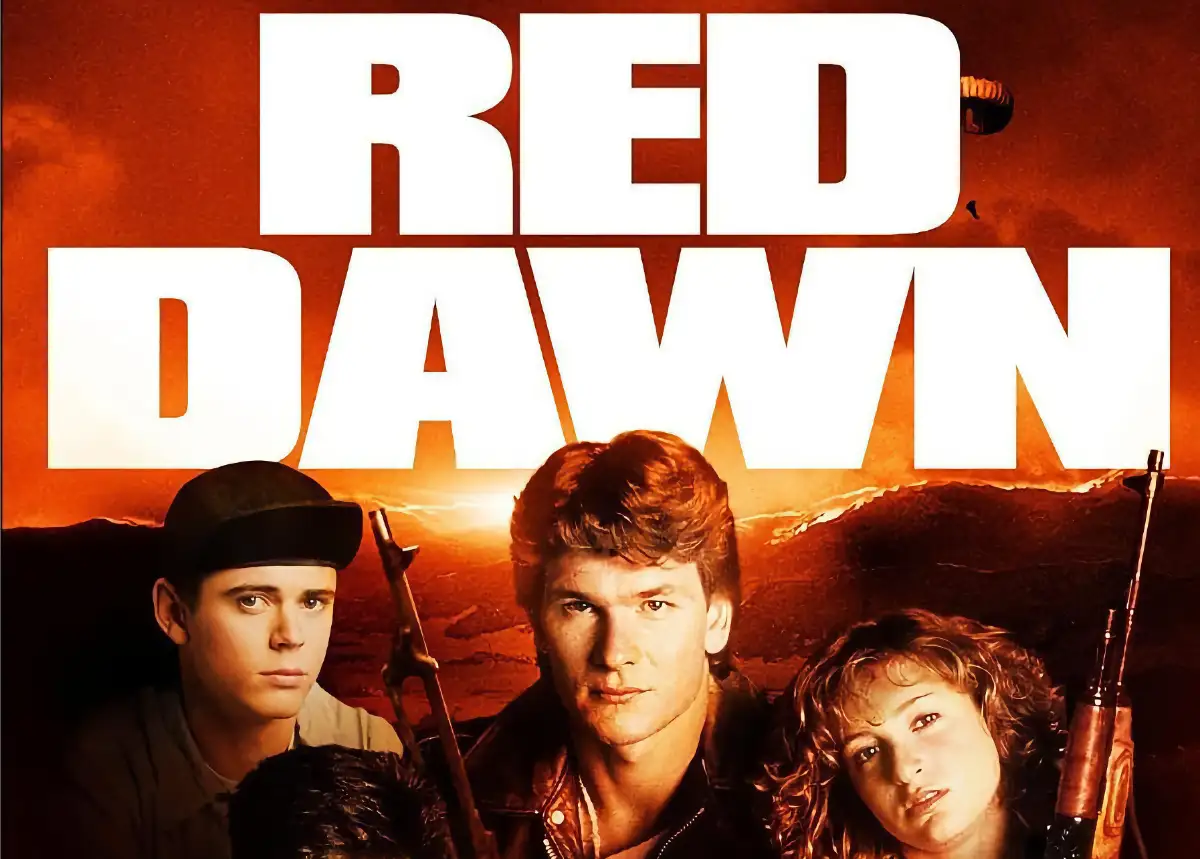In the ever-evolving landscape of filmmaking, certain movies transcend their original release to become cultural touchstones that influence generations of filmmakers. Cult classics—films that may not have been blockbuster hits upon release but gained dedicated followings over time—have become particularly powerful forces in shaping modern cinema aesthetics, storytelling techniques, and production approaches.
What Makes a Cult Classic?
Cult classics typically share a few key characteristics: they often subvert genre expectations, feature distinctive visual styles, and contain memorable dialogue that fans quote for decades. These films frequently tackle themes or employ techniques that were ahead of their time, explaining why they sometimes fail to connect with mainstream audiences initially but find appreciation later.
The production process behind cult classics also tends to differ from major studio releases. Working with smaller budgets often forces directors to innovate, leading to creative solutions that become hallmarks of their style. Crew members frequently take on multiple job titles and responsibilities compared to larger productions, blurring traditional roles in service of the director’s vision. Many filmmakers working today cite these resourceful approaches as inspiration for their own work.
The 1980s: A Golden Era for Cult Cinema
The 1980s proved especially fertile ground for cult classics. Films like “The Thing,” “Blade Runner,” and “They Live” initially underperformed but later became influential touchstones for modern filmmakers. The decade’s unique blend of practical effects, distinctive synthesizer scores, and Cold War paranoia created a signature aesthetic that continues to resonate.

Among these 1980s gems, John Milius’s Red Dawn (1984) stands as a fascinating case study in cult film evolution. This tale of Colorado teenagers forming a guerrilla resistance against Soviet invaders certainly reflected the Cold War anxieties of its era. While initially receiving mixed reviews, the film has developed a passionate following over decades, with fan communities dedicating themselves to preserving its legacy. These dedicated online communities offer comprehensive explorations of the film’s production history, behind-the-scenes stories, and cultural impact, showcasing how passionate fans keep cult classics alive in the digital age.
From Cult to Mainstream Influence
Today’s filmmakers frequently draw inspiration from these cult classics, sometimes in obvious homages and other times in subtle nods to cinematic techniques pioneered by these films. The gritty practical effects of 1980s horror films have experienced a renaissance in response to CGI fatigue. Similarly, the distinctive synthwave music popularized in cult films has returned to prominence in modern scores.
Production companies increasingly recognize the value of cult followings, too. Studios now frequently restore and rerelease cult classics with special features and director commentaries, acknowledging their cultural significance and commercial potential in the collector’s market.
The Streaming Effect
Streaming platforms have revolutionized how new audiences discover cult classics. Films that once required word-of-mouth recommendations or specialized video stores to find now appear in curated collections on major platforms. This accessibility has introduced these influential works to younger generations of viewers and filmmakers alike.
For aspiring filmmakers, studying cult classics offers valuable lessons in creating distinctive visual styles and memorable characters on limited budgets. The enduring appeal of these films demonstrates that authentic artistic vision often resonates more deeply than adherence to commercial formulas.
As the film industry continues to evolve, the influence of cult classics remains evident across genres and budget levels—proving that sometimes the most influential cinematic voices are those that initially speak from the margins.
